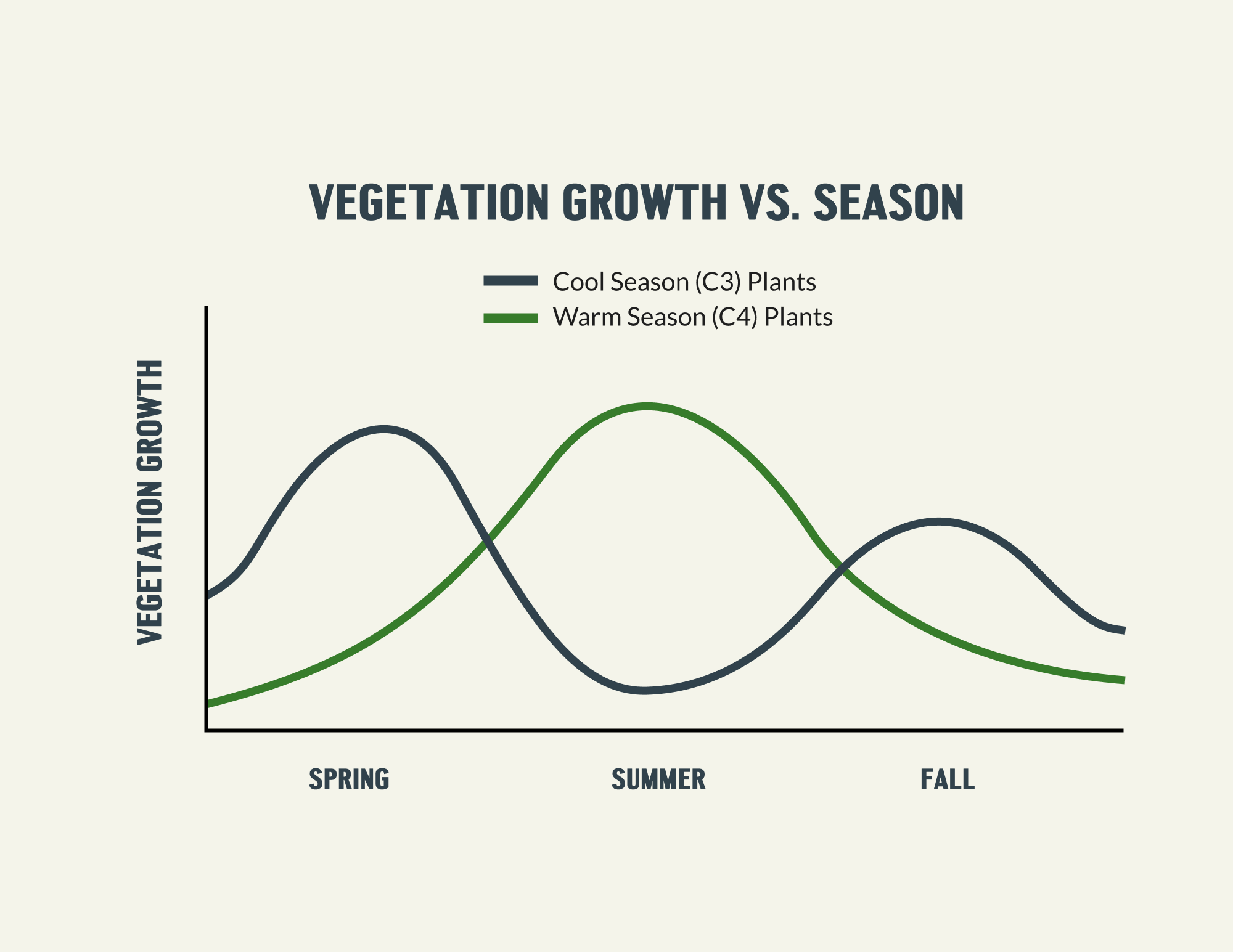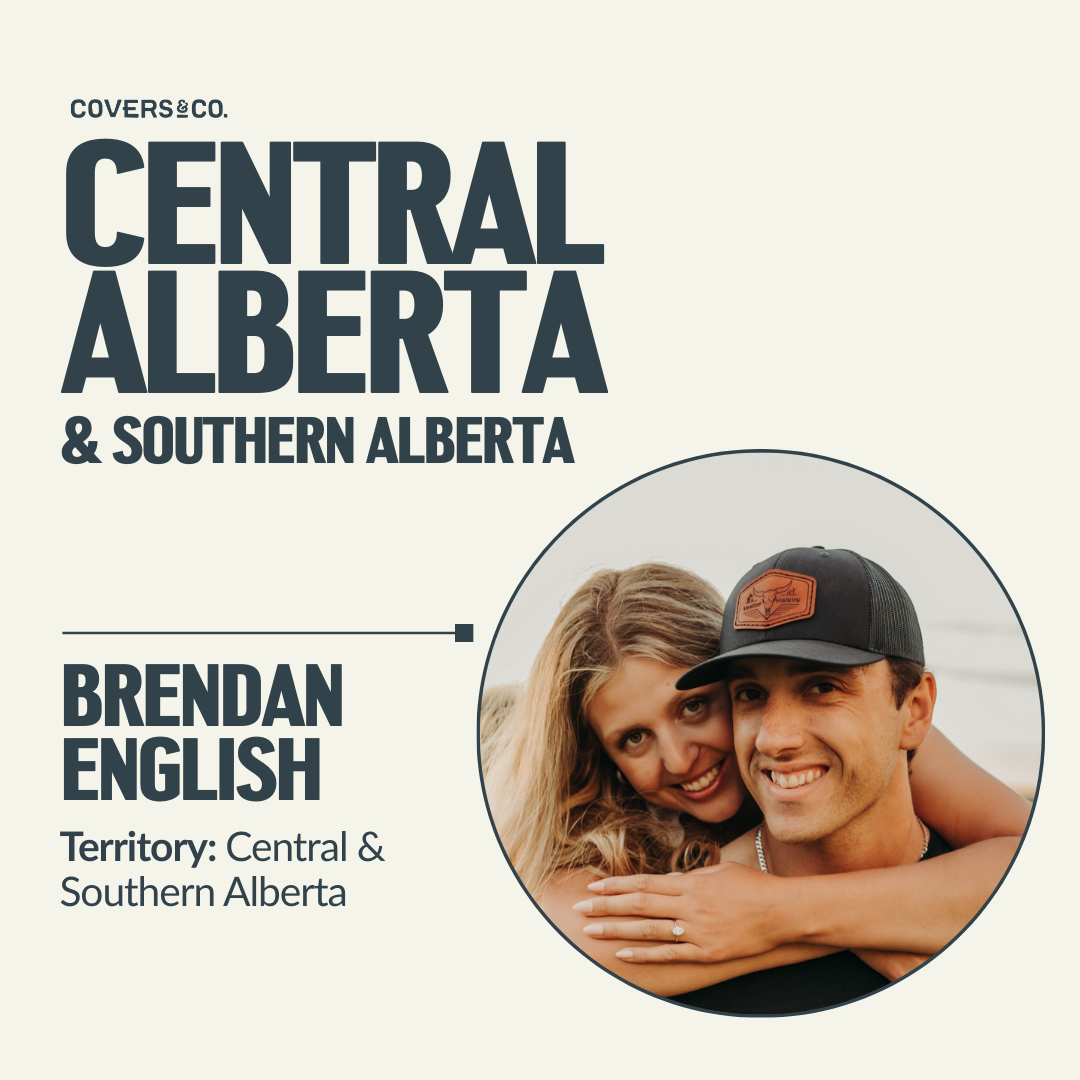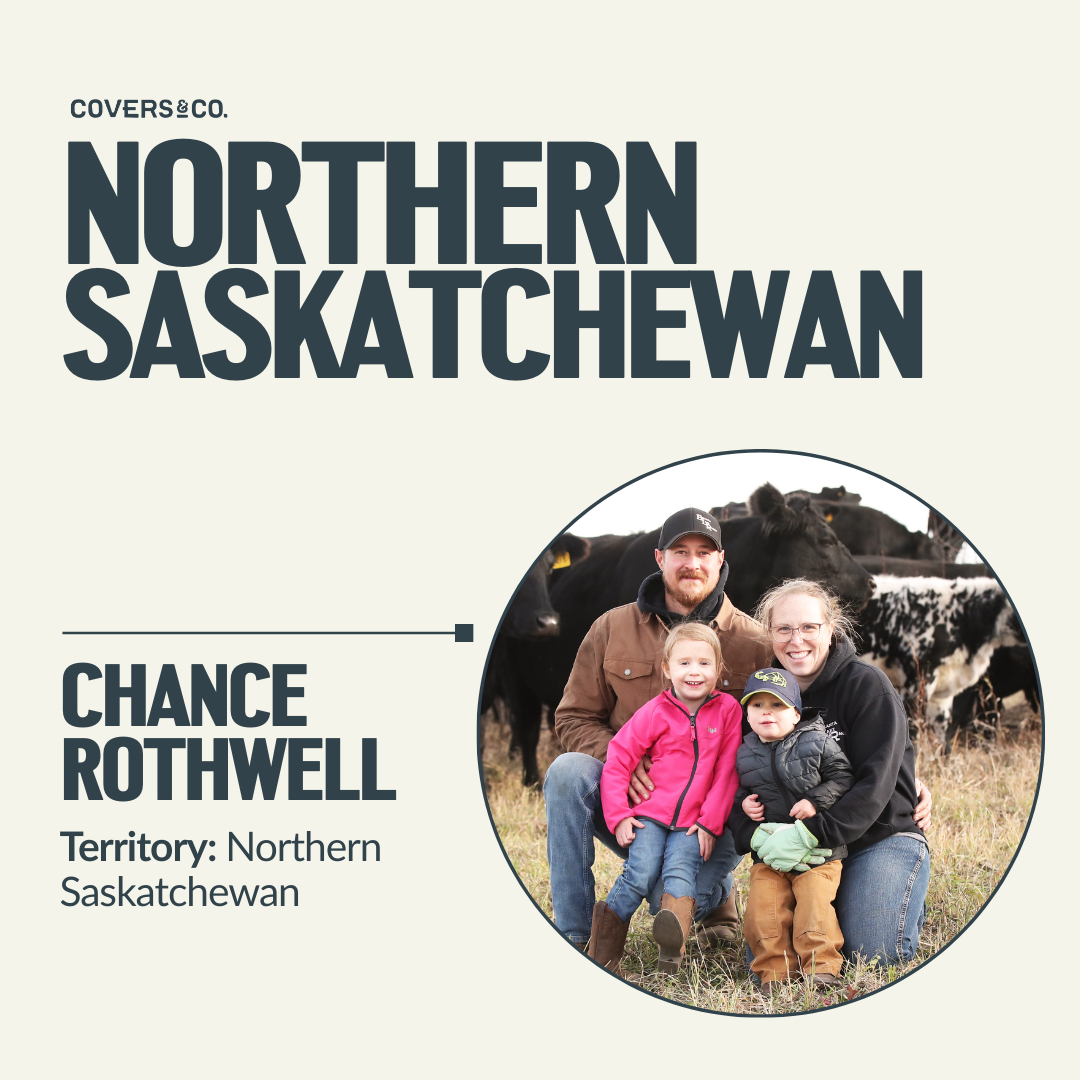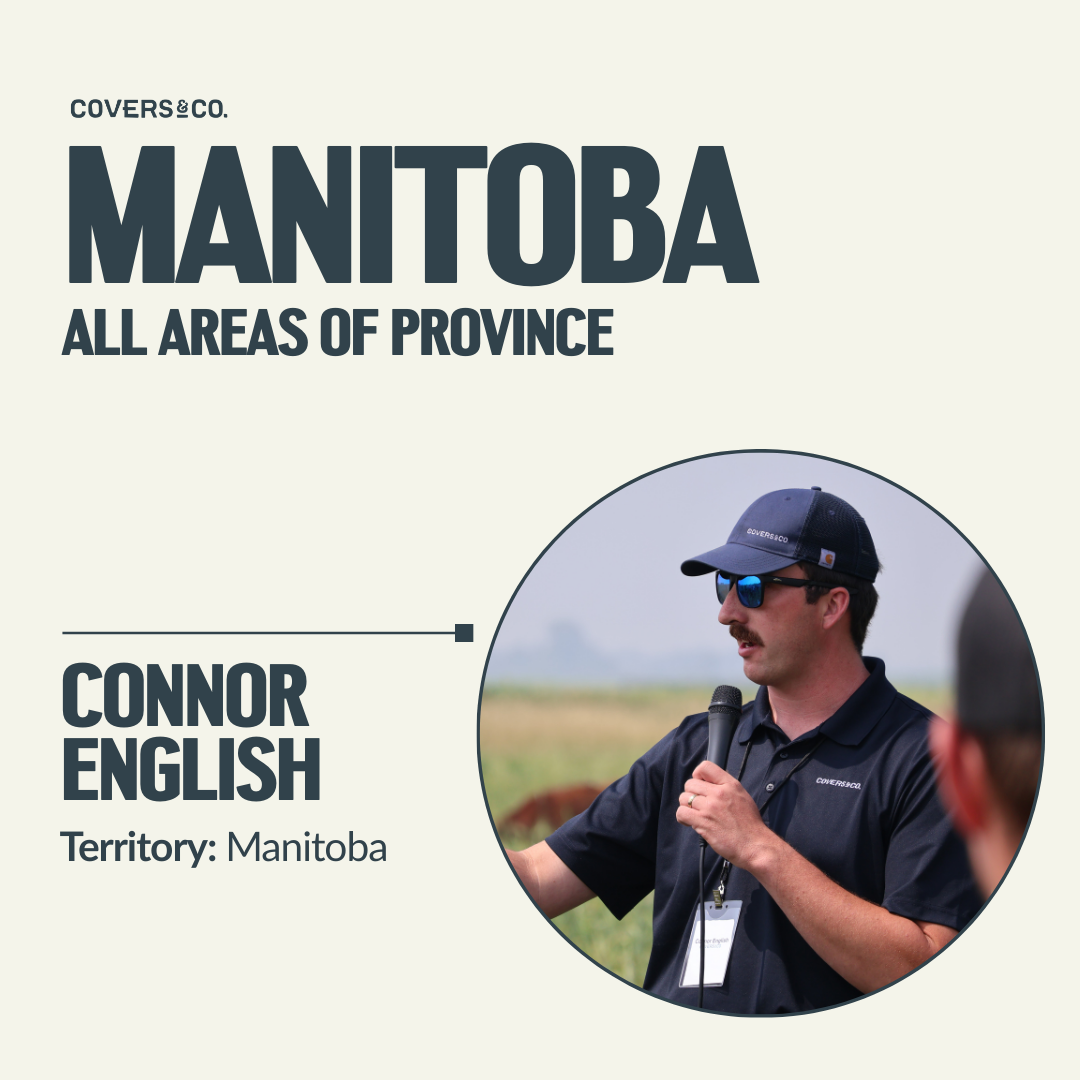Plant Diversity Co.
fall forage cover
The Fall Seeded Cover
The Fall Seeded Cover
Take advantage of moisture and sunlight in late fall and early spring with these cool-season biennial/winter annual plant species. The result is a highly palatable and balanced (energy + protein) feed source.
Seeding Date: Sow this blend no later than September 15th
Consider sowing the Warm Season Cover after Fall Forage Cover harvest. This is commonly referred to as Double Cropping.
Take advantage of late fall/early spring moisture, balance your C:N ratio & provide a balanced feed source of energy & protein. Harvest early enough in spring to sow a warm season crop.
Seeding Rate: 60 Ibs/acre
SKU: 2000 Ib Tote
Seeding Time: Late August - Early September
Use On The Farm: Winter Forage, Grazing
Seed Tag: Click Here
Legumes are pre-inoculated
FCC Financing is now available for 2025-2026 seed purchases.
Disclaimer in Video: Red Clover has been swapped out for Sweet Clover (Low Coumarin) for 2025
Option 1: Sow after termination of perennial stand
Option 2: Sow after silage harvest
Option 3: Sow after harvest of early seeded cash crop. (ex. Peas)
If legumes ( Hairy Vetch, Sweet Clover) do not overwinter, Nitrogen will need to be applied to the remaining cereal crop. Fertilize as you would normally a Cereal Rye or Winter Wheat crop.
If legumes overwinter successfully, you have earned your right to reduce Nitrogen fertilizer.
Sweet Clover (Low Coumarin) is included in the blend for 2025 due to the reduced risk of bleeding disease in cattle.
For the best chance of legumes surviving winter, the crop should be seeded no later than the 1st week in September. (be mindful that each year is different).
Depending on the spring (moisture, temperature, frost) the crop should be harvested in mid-late June to ensure feed quality and palatability. Chop or bale silage is the recommended harvest method.
Double Cropping Tip: Remember to immediately sow Warm Season plant species after you have harvested/grazed your Fall Forage Cover.
Yes, this is an ideal blend to use for double cropping. Once the Fall Forage Cover is harvested the following spring, we recommend terminating the crop prior to planting warm season plant species.
Step 1: Sow overwintering/biennial plant species (Fall Forage Cover) in the fall.
Step 2: Harvest the overwintered plant species (mid to end of June) for winter forage or graze earlier if desired.
Step 3: By immediately sowing the Warm Season Cover, you have now put the appropriate plant species in place to maximize biomass within 55-70 days.
Step 4: Harvest the Warm Season Cover for winter forage, grazing, or swath grazing.
To learn about C4 plants & why they are ideal for Double Cropping, click here.

See below for some general information on the plant species in the blend.
Plant Type: Cool Season Grass
Seed Quality: Common #1 Standard
Variety: Bobcat
Why In The Blend: Good overwinter cover crop option, especially if taking for silage/grazing. Highest palatability of winter annual grass species.
Plant Type: Cool Season Grass
Seed Quality: Certified #1 Standard
Variety: AAC Wildfire
Comments: Excellent winter hardiness & palatability.
Plant Type: Cool Season Grass
Seed Quality: Common #1 Standard
Variety: Hazlet
Comments: Known for being the best crop at retaining residual nitrogen. Allelopathic effects for weed control. Great green seeding option.
Plant Type: Cool Season Legume
Seed Quality: Common #1 Standard
Comments: Highest nitrogen fixation capabilities of legume species. Sunlight Opportunist. High protein feed source. Sourced from Canadian prairies for the best chance of overwintering.
Plant Type: Cool Season Legume
Seed Quality: Common #1 Standard
Comments: Very palatable livestock feed > alfalfa. Low-coumarin sweet clover varieties have been developed to reduce the risk of bleeding disorders in livestock,
Remember to apply for the OFCAF funding where you could be eligible to receive up to $50.00/acre (max. $75,000) for the adoption of multispecies cover crops on your operation. Click here for help getting the process/application started.
Funding will differ across Manitoba, Saskatchewan, & Alberta.
Feel free to reach out to a member of our team to discuss how the Fall Forage Cover® may fit your operation

Name: Keegan Miller
Home Farm Location: La Corey, Alberta
Territory: Northern Alberta & British Columbia

Name: Brendan English
Home Farm: Castor, Alberta
Territory: Central & Southern Alberta

Name: Tanner Hale
Home Farm Location: Hines Creek, Alberta
Territory: Peace River Country, Alberta

Name: Dakota Odgers
Home Farm Location: Spy Hill, Saskatchewan
Territory: Southern Saskatchewan

Name: Chance Rothwell
Home Farm Location: Shellbrook, Saskatchewan
Territory: Northern Saskatchewan

Name: Connor English
Home Farm Location: Bradwardine, Manitoba
Territory: Manitoba (all areas)